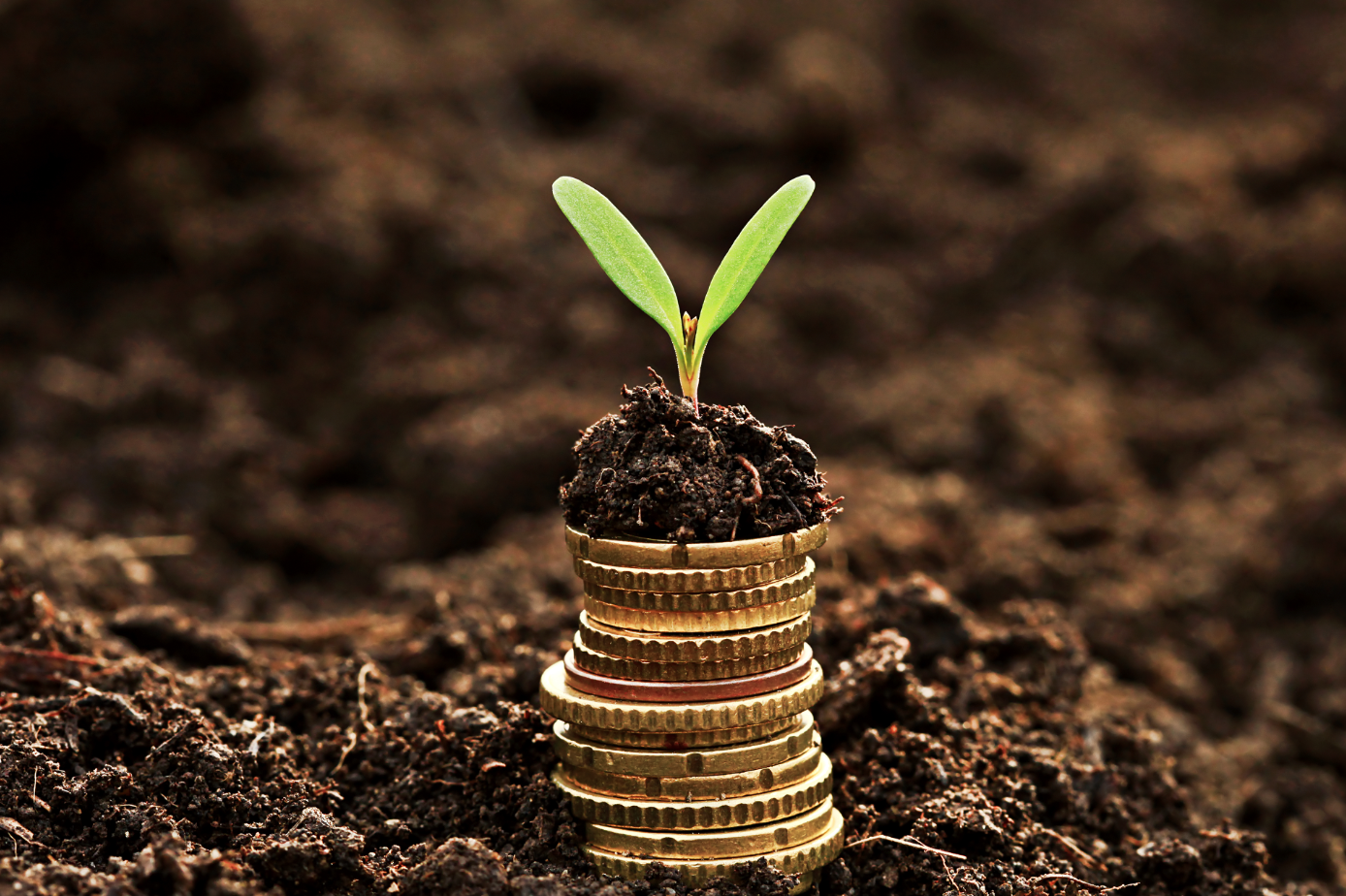Looking back at the PHL auto industry’s steady growth

Vehicle sales are often taken as an effective barometer of a country’s economic health. Consumers typically purchase a new car when they feel confident enough in their own and the country’s current economic situation to be willing to commit to lease or loan payments for years into the future.
Due to a number of reasons, not least of all the coronavirus disease (COVID-19) pandemic, the automotive industry has not had a strong past few years. Since 2018, when vehicle sales hit a speedbump for the first time in seven years with the imposition of higher automobile taxes under the Tax Reform for Acceleration and Inclusion (TRAIN) law and the start of accelerating inflation rates, the industry had been fighting an uphill battle not to lose its forward momentum.
It was a sign of troubled times. There is no shortage of discussions about what the global economy had seen in the past three years, as crisis after crisis created a seemingly relentless onslaught of disruption.
In 2020, car sales took a nosedive during the coronavirus-induced lockdown, with data from separate reports from the Chamber of Automotive Manufacturers of the Philippines, Inc. (CAMPI) and Truck Manufacturers Association (TMA), as well as the Association of Vehicle Importers and Distributors, Inc. (AVID) showing drops of 39.5% and 41%, respectively.
This was matched by an equally steep plunge in the country’s growth. Gross domestic product (GDP) — the value of all finished goods and services produced in the country at a given period — fell by record 9.6% in 2020, the Philippines’ first economic contraction in more than two decades.
The previous economic contraction was in 1998 amid the Asian financial crisis, when the economy shrank by 0.5%.
By 2021, CAMPI president Rommel R. Gutierrez predicted that the auto industry would only recover to pre-pandemic levels by 2023. “Conservatively, around two years from now, 2023, that’s our (recovery) projection,” he said.
Mr. Gutierrez noted that this would be achievable if there are certainties in the market, consistent government policies, and widespread inoculation against COVID-19. That year, vehicle sales increased by 20%, but the industry failed to reach its full-year target as further lockdowns constrained any effort at recovery.
Car sales reported by CAMPI and TMA reached 268,488 units in 2021, a fifth higher than the 223,793 units sold in 2020. This was, however, far lower than the group’s full-year sales target of 295,400, missing the mark by 9%.
Sparks of hope
That was then. For 2022, Philippine carmakers have been going full throttle to recover what momentum they had lost in the past few years. Most recently, the industry reported double-digit sales growth for the ninth straight month in November.
A joint report by CAMPI and TMA showed vehicle sales jumped by nearly a third, or 32.4%, to 35,037 units in Nov., up from 26,456 in the same month in 2021. Month-on-month, vehicle sales grew by 9%.
“The auto sales performance has been improving, recording double-digit growth for nine successive months,” Mr. Gutierrez said in a separate statement.
The numbers put commercial vehicle sales at 26,106 in Nov., up 43% from the 18,251 units sold in the same month in 2021. This accounted for 74.51% of the industry’s total sales. Month-on-month, commercial vehicle sales went up by 9.4%.
Broken down, sales of light commercial vehicles (LCVs) rose by 43.9% year-on-year to 20,211 units, while sales of Asian utility vehicles (AUVs) increased by 52.4% to 4,938 units in Nov.
Sales of passenger vehicles shot up 8.8% to 8,931 in the same month, from 8,205 units sold in the same month last year. Month-on-month, passenger vehicle sales rose by 7.68%.
Taking account of all CAMPI-TMA members, the total showed a 31% increase in sales to 315,337 units in the January-to-November period, from 240,642 units a year ago.
The report puts the industry on track to hit its sales target this year.
“With the continued growing consumer demand for new motor vehicles, the industry is convinced and confident in exceeding its sales forecast of 336,000 this year,” Mr. Gutierrez said.
Commercial vehicles have driven the industry’s recovery, as it posted 45.3% year-on-year sales growth to 238,054 in the January-to-November period. Sales were led by LCVs, which jumped by 48.5% to 187,101 units sold, while AUV sales rose by 44.3% to 41,812 units. This growth offset passenger car sales’ rather anemic growth of 0.6% to 77,283 units in the 11-month period.
“The automotive industry underscores the importance of pent-up demand from consumers supported by continued economic recovery, boosting business and consumer confidence. These, alongside the containment of the pandemic, are significant factors towards sustained growth,” Mr. Gutierrez said.
Toyota Motor Philippines Corp. remains the industry leader in terms of car brands in the country, with a 49.75% market share with 156,874 units sold in the January-to-November period.
Other top car manufacturers include Mitsubishi Motors Philippines Corp. with a 14.81% market share or 46,692 units sold, followed by Ford Motor Co. Phils., Inc. with a 6.80% share or 21,450 units sold; Nissan Philippines, Inc. with a 6.14% share or 19,373 units sold; and Suzuki Phils., Inc. with a 5.75% share or 18,118 units sold.
As the Bangko Sentral ng Pilipinas expects further headwinds affecting the economy’s growth target next year and beyond, the industry’s ability to continue its upward trajectory remains to be seen. The central bank had recently forecasted slower expansion through 2024 due to the impact of high interest rates.
The Philippine economy expanded by 7.6% in the third quarter, bringing the year-to-date average growth to 7.7%.
“But economic headwinds could result in slower GDP growth in 2023 and 2024,” the BSP said. “The forecast for 2024 is lower, reflecting the slower external demand as well as the impact of the BSP’s monetary policy tightening.”
“Normally (in) December, toward the end of the year, sales (pick) up. We are happy that, as of now, recovery is doing good and we hope that this will continue until the end of the year,” Mr. Gutierrez had said back in Sept.
“The pre-pandemic (figure) was really 400,000 plus (in sales). It’s really a good sign. We think it’s just a matter of time that, maybe next year, we will be able to reach pre-pandemic levels.” — Bjorn Biel M. Beltran




